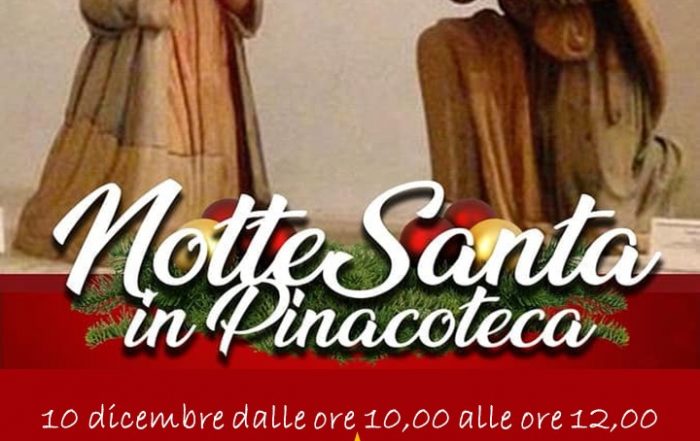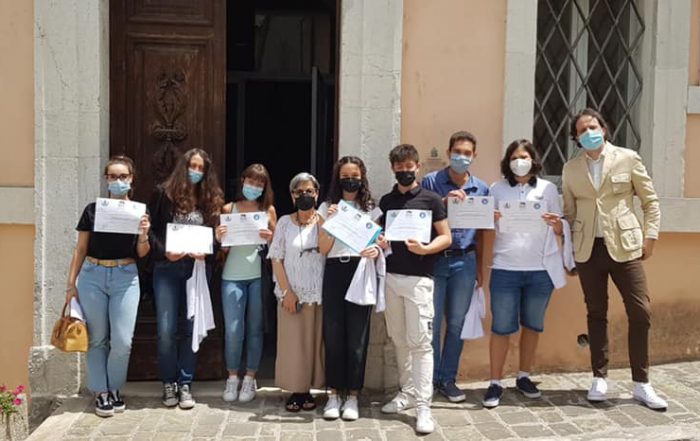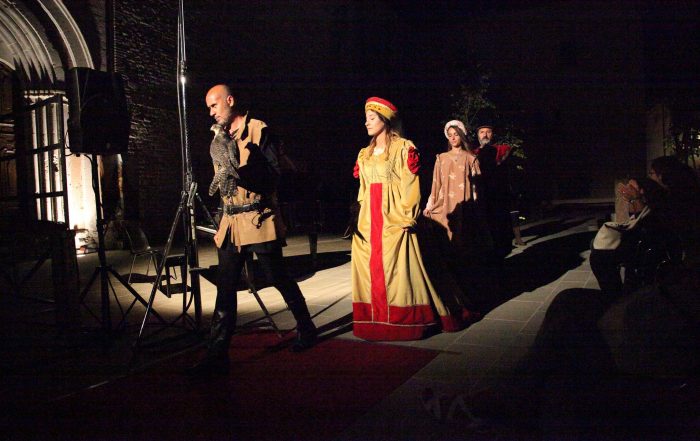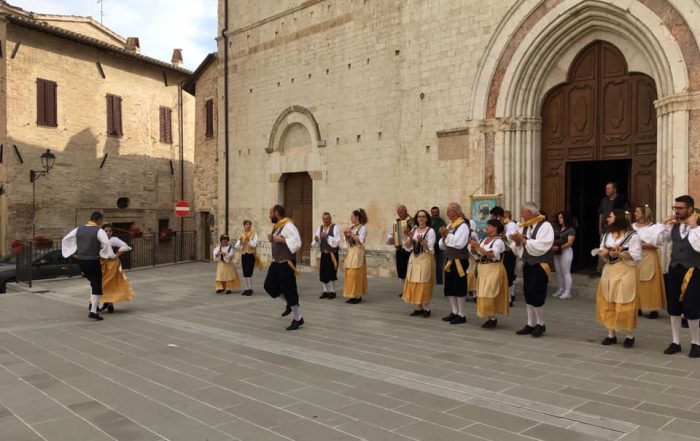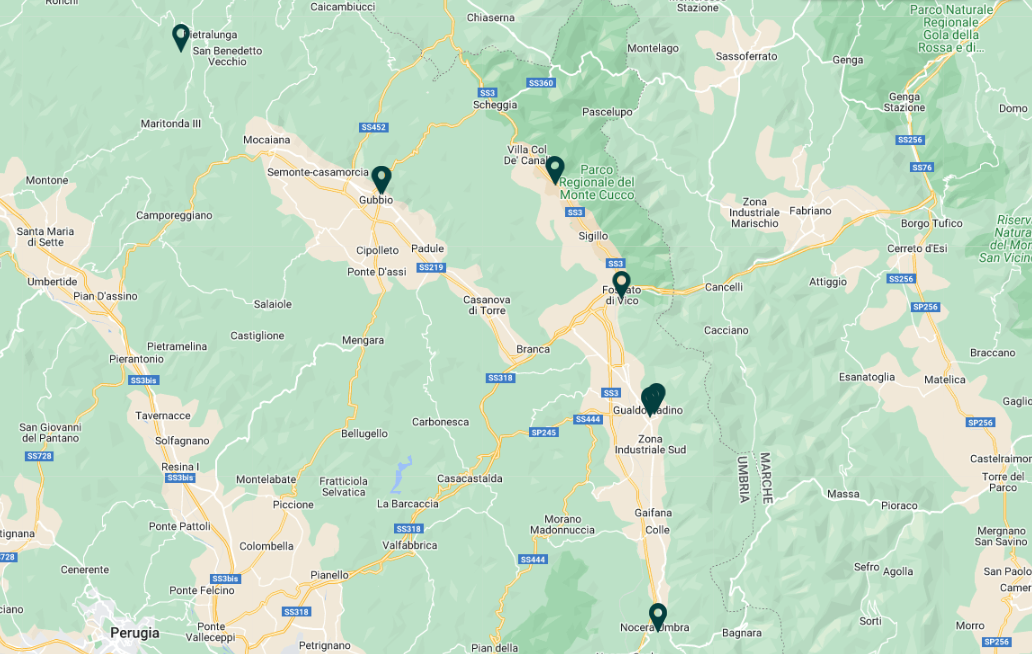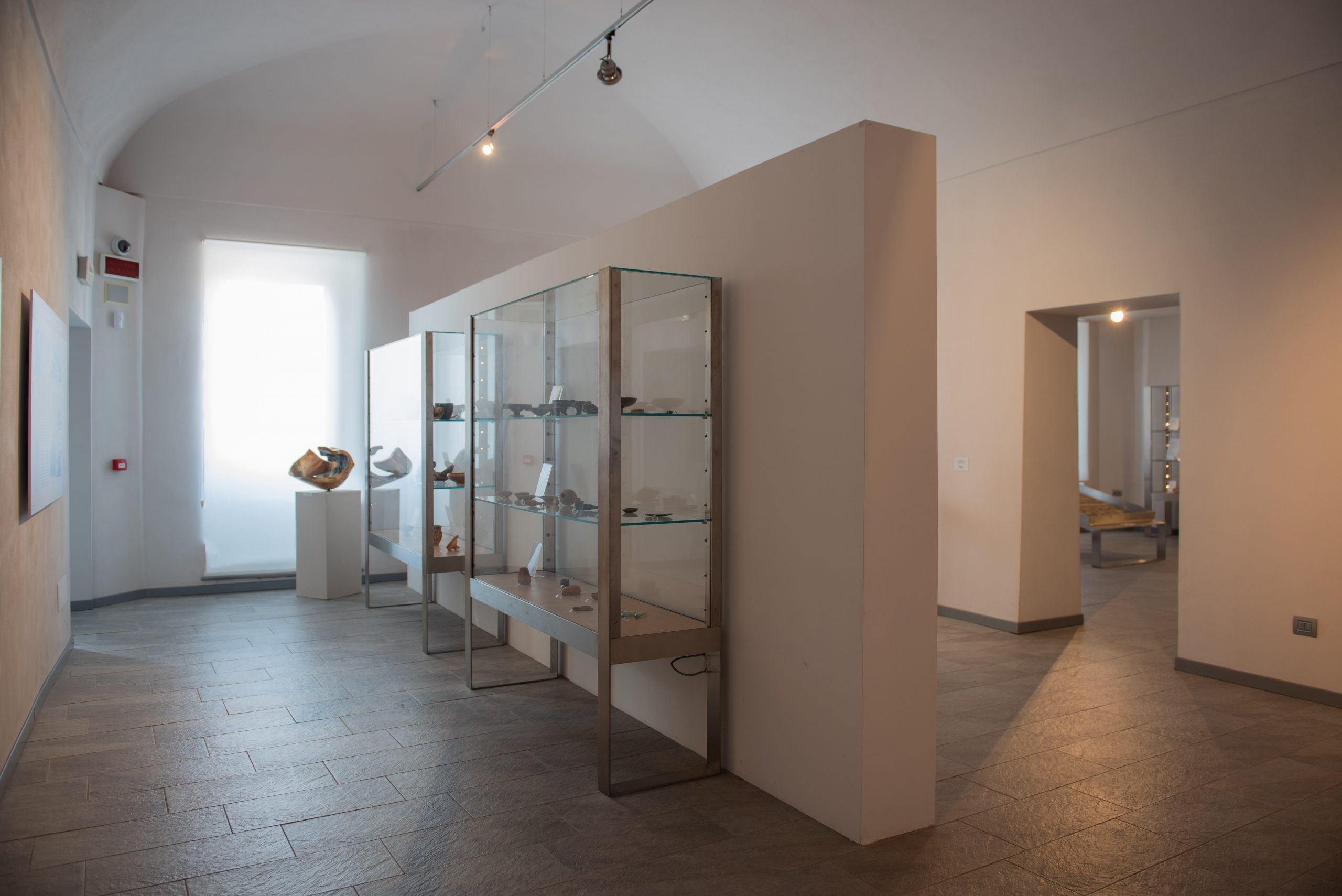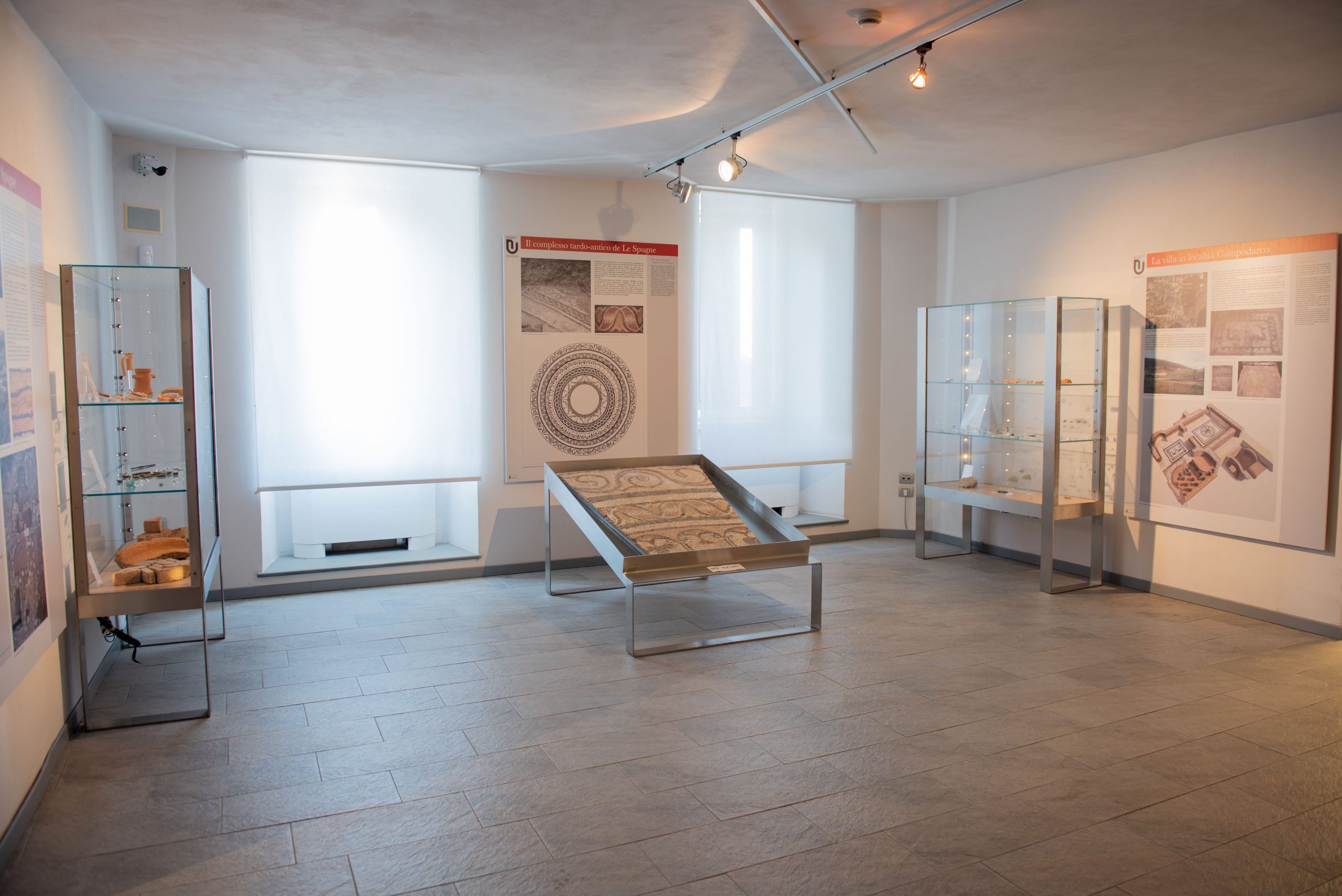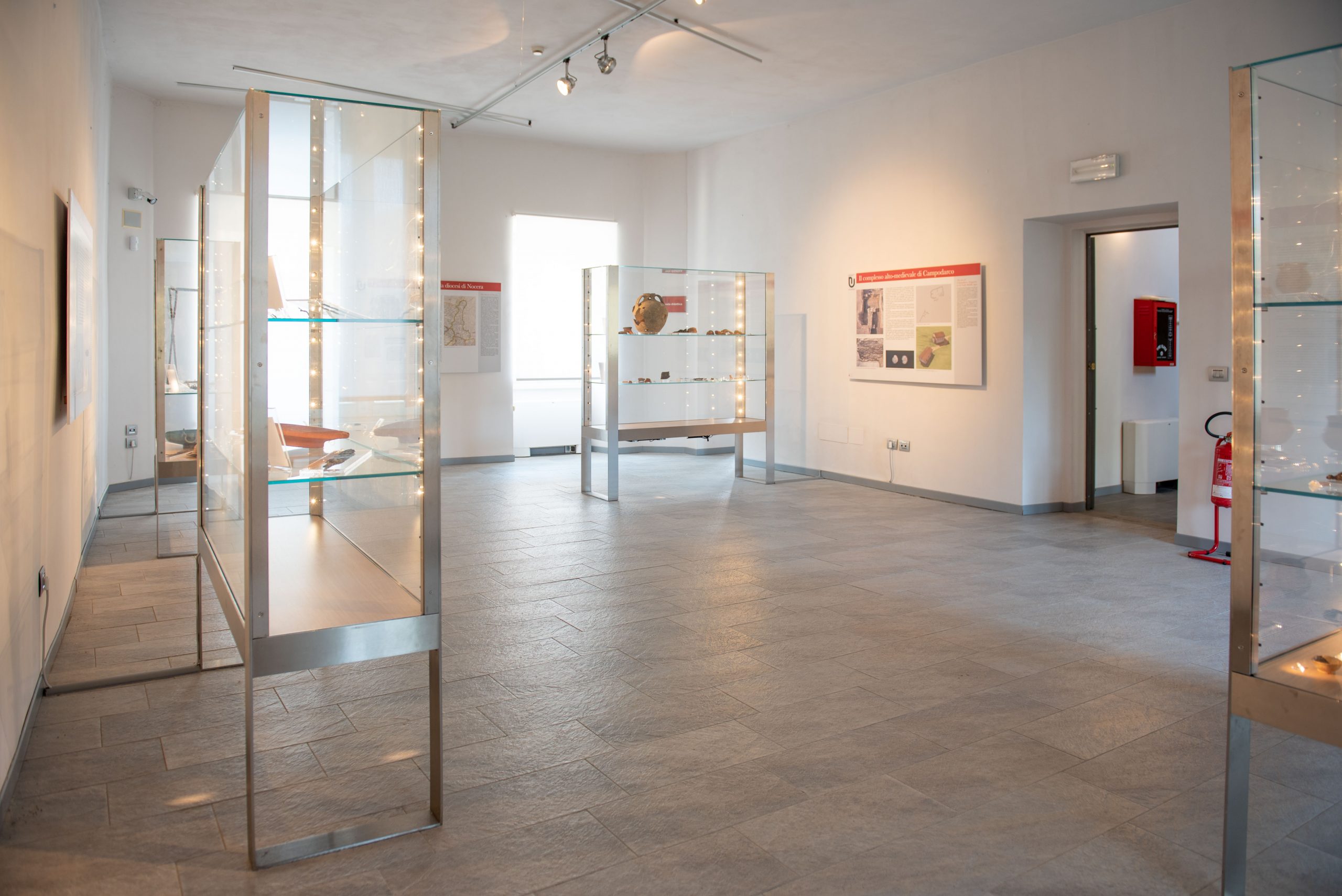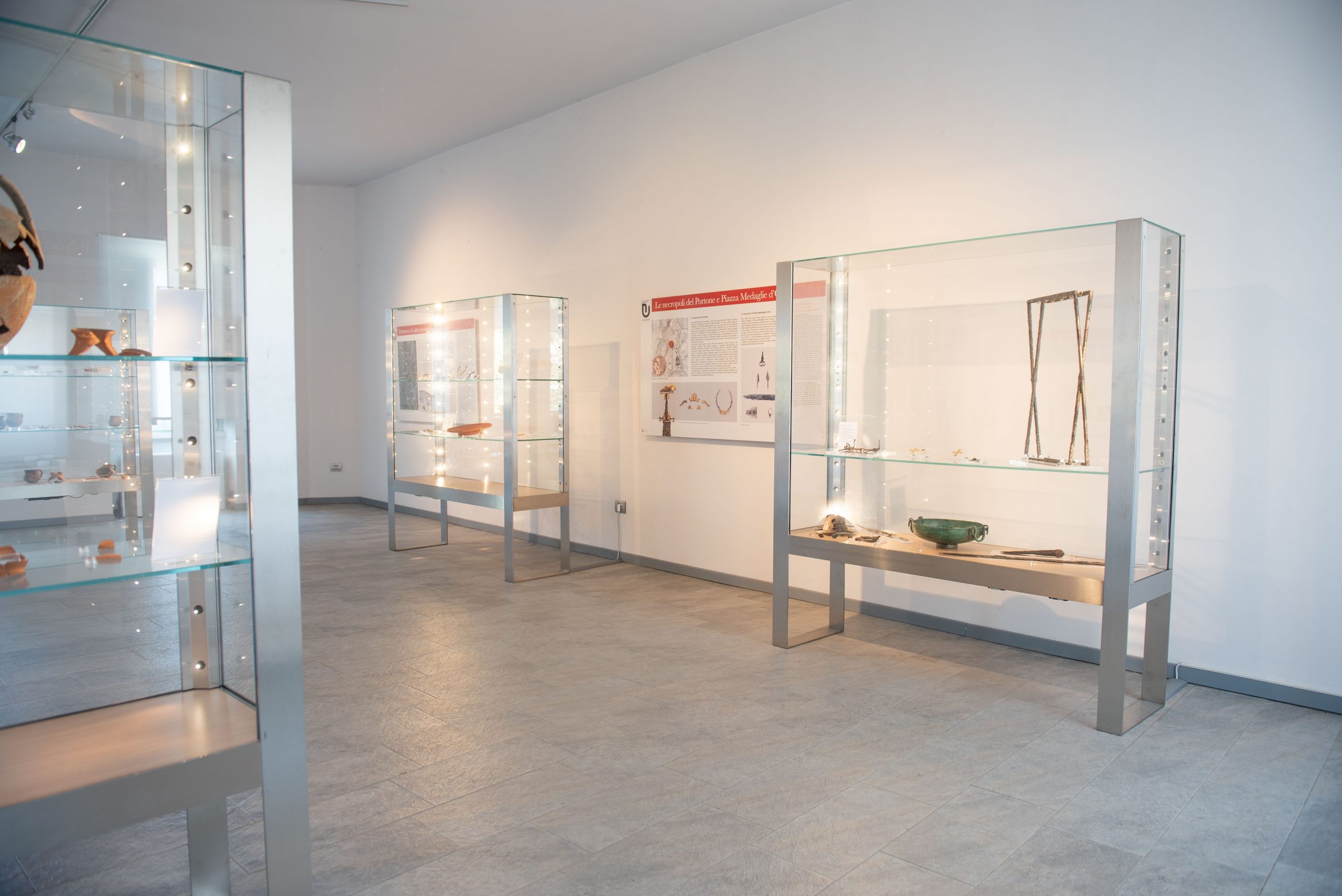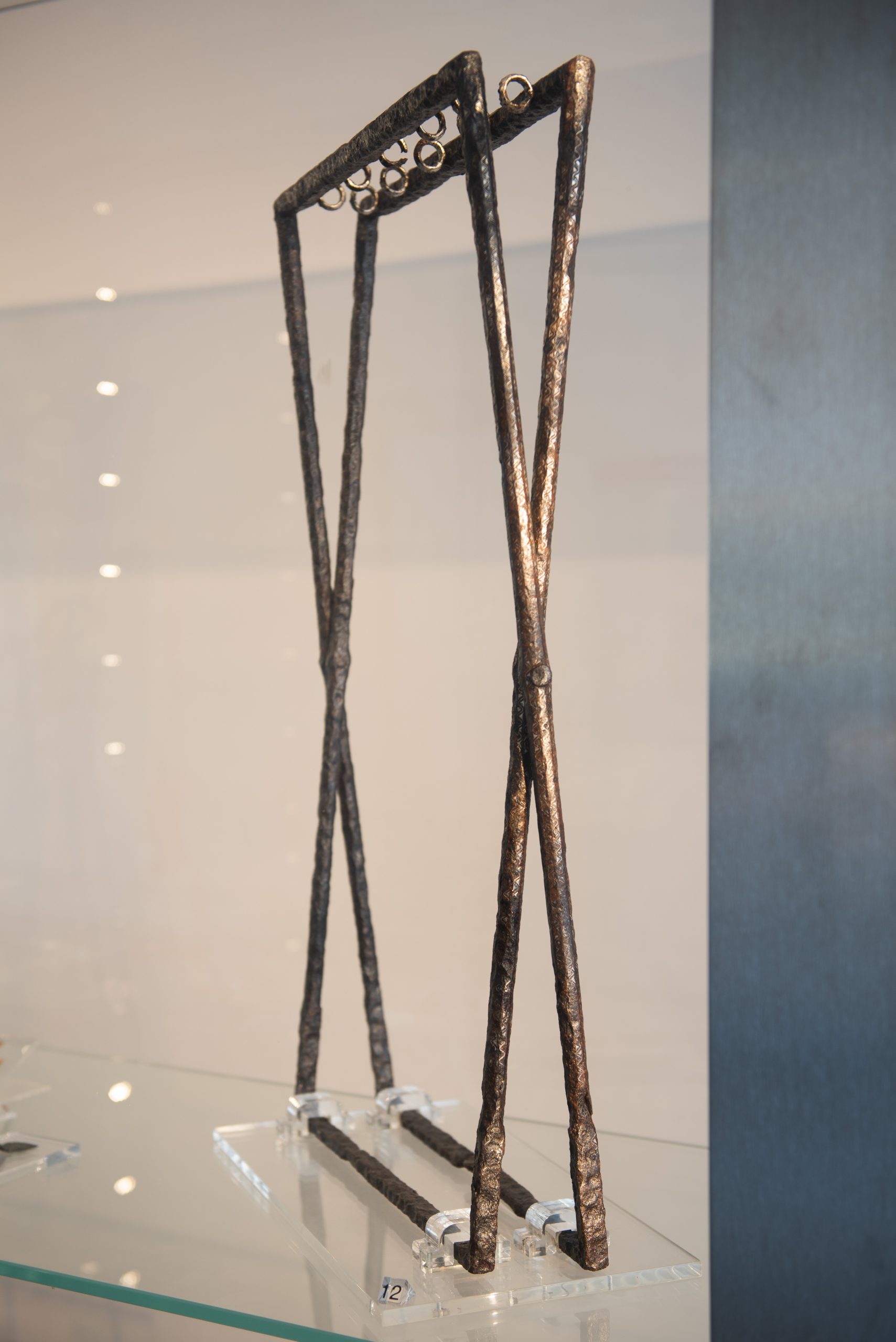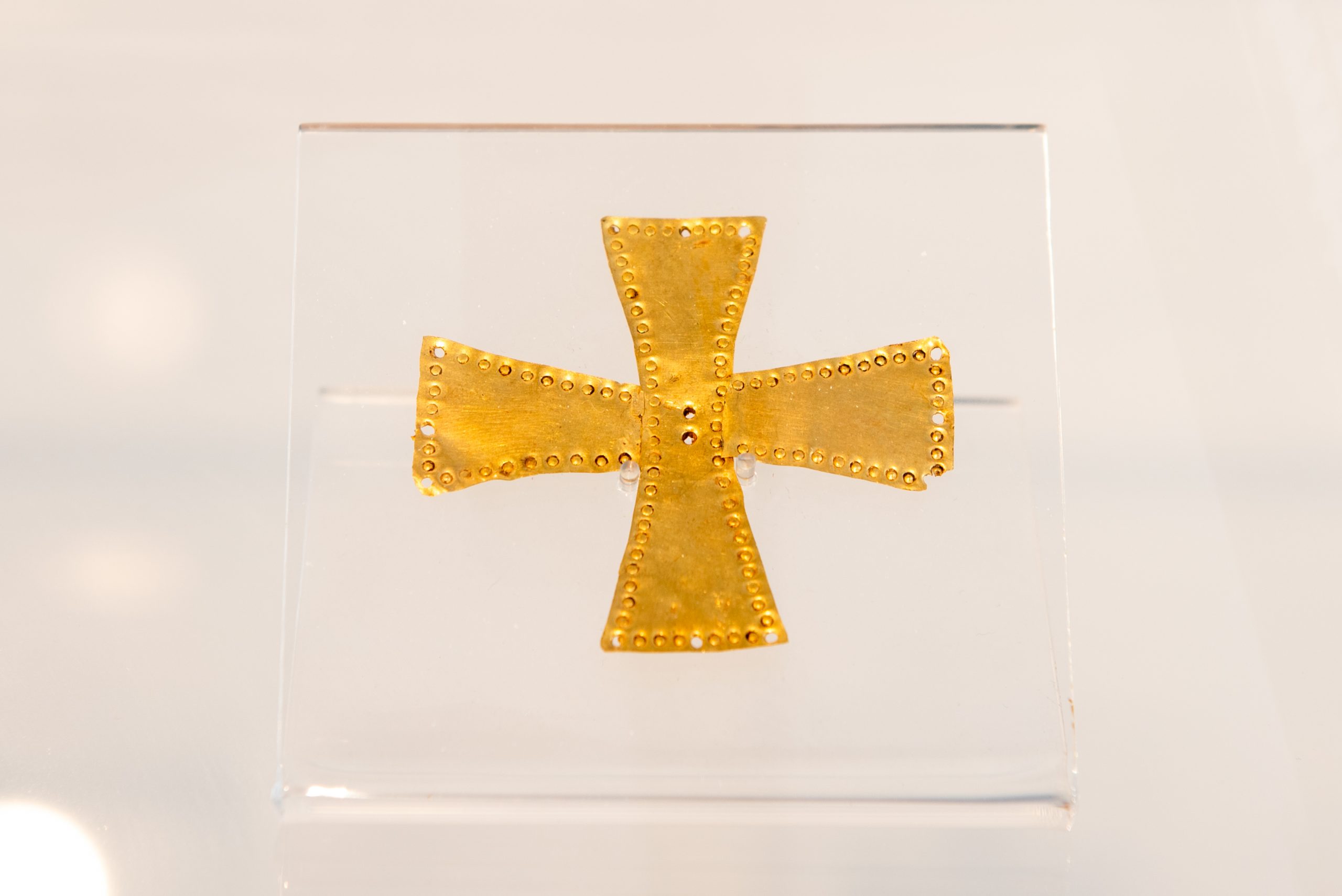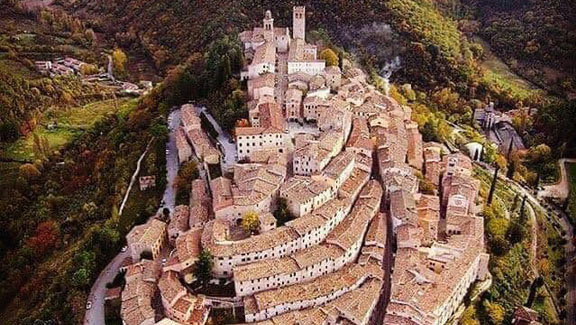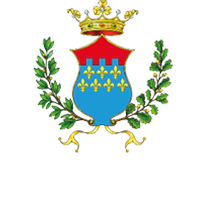
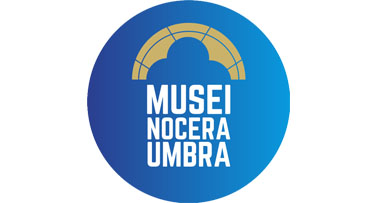
NEWS
Notte Santa in Pinacoteca
Terza edizione della Notte Santa in Pinacoteca. Venerdì 10 dicembre dalle ore 10 alle ore 12. Laboratori creativi tra immagini e parole con tema "Natale e Fratellanza". Con la partecipazione dell'Istituto Omnicomprensivo dante Alighieri di [...]
OMAGGIO AD ORSOLINA
Continuano le iniziative del fitto programma degli eventi in cartellone per l'estate nocerina. Oggi alle 18.30 negli antichi lavatoi i musei, in collaborazione con il Comune e il sostegno del Progetto MeTu passaggio a [...]
Omaggio a Giacomo Alunni Pantaleoni Festa della fisarmonica
I canti tradizionali di Nocera Umbra Archivio Rai Video - I canti tradizionali di Nocera Umbra Video - La collezione di fisarmoniche presentata nella Pinacoteca civica di San Francesco Nocera Umbra [...]
THE MUSEUM
The Council Chamber was once the Church of the Madonna della Mattonata and some of the original decoration is still preserved viz. a 14th century fresco depicting St. Sebastian and, on the vaulted ceiling, eighteenth century paintings with the Three Theological Virtues.
Plans of the layout of the first floor and the ground floor.
The 16th century building which houses the Antiquarium presents a vast panorama of human settlement in the territory around Nocera, dating from as far back as the Lower Paleolithic 800,000 years BCE. It is to this phase of the Stone Age that the lithic industry belongs which was unearthed in the locality called Pascigliano, just a few kilometres from the town centre, and to which the first section of the Museum is dedicated. The artefacts are in flint or in archaic facies limestone and consist of choppers, chopping tools, ‘grattoirs’, scrapers, spear-heads, blades and flakes of stone. Other finds coming from adjacent localities such as Sorifa, Colle Croce, Cordaia and Salmata, show a more advanced knapping technique known as Levallois, and bring forward the dating to the Middle Paleolithic between 120,000 – 35,000 years BCE. The Pre-historic section concludes with exhibits from the Neolithic and the Middle Bronze Age. The former were excavated on a narrow river terraced bank along the Topino (at Le Spogne) and consist of finely worked stone carvings showing signs of finishing, as well as fragments of impressed ware pottery belonging to two different Italian Neolithic facies, the Adriatic and the Tyrrhenian. The presence of both of these types in the same site is evidence that 5,000 years BCE the area around Nocera was already on communication routes connecting the two seas. The Middle Bronze Age material consists mainly of clay fragments of bowls, pouring vessels, carinated dishes, with engraved angular and meander motifs, vases and ribbon-like or rod shaped handles. These were found in Sorifa, a well irrigated area of fluvial terraces and uplands suited to settlement by a pastoral community which would indicate the existence of a village with hut dwellings typical of Apennine culture. The archaeological evidence contained in the Proto-historic section of the Museum shows that there were permanent settlements on the hilltops in the territory from the 8th century BCE on. Fortified villages and burial grounds were located in the hills and objects from excavations in these sites mainly consist of pieces of pottery and funerary accoutrements in bronze such as pendants, arm rings, spiral bracelets and embossed circular discs. The highest summits like Monte Pennino and Campo la Piana were reserved for religious ceremonies and ritual practices. Particularly fascinating are the ex-votos in stylised human form and the remains of sacrificial animal victims.
CONTACTS
Museo Archeologico
Via S. Rinaldo, 9 – Nocera Umbra (PG)
349 873 9373
GALLERY
January: first Sunday of the month 10:30-13.00 / 14.30-17.00
February-March: closed
April: Saturday and Sunday 10.30-13.00 / 14.30-17.00
May-June: Friday, Saturday and Sunday 10.00-13.00 / 16.00-19.00
July: Thursday, Friday, Saturday and Sunday 10.00-13.00 / 16.00-19.00
August: from Tuesday to Sunday 10.00-13.00 / 16.00-19.00
September: Thursday, Friday, Saturday and Sunday 10.00-13.00 / 16.00-19.00
October: Saturday and Sunday 10.00-13.00 / 15.00-17.00
November and Dicember: Sunday 10.00-13.00 / 15.00-17.00
Pinacoteca Civica San Francesco: 2,00 €
Torre Civica: 2,00 €
Museo Archeologico: 3,00 €
Biglietto Unico: 5,00 €

